How Hyderabad techie was puppeteered by Islamic State
Sun 05 Feb 2017, 09:09:39
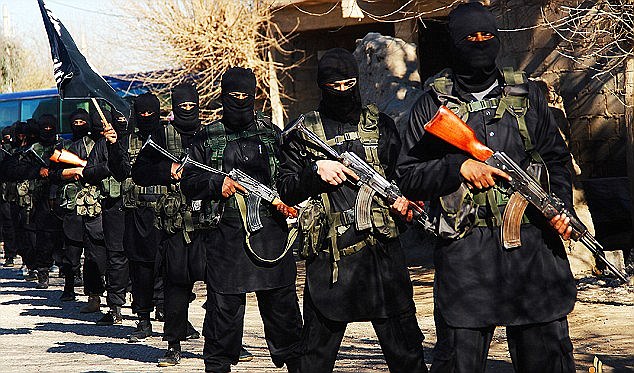
HYDERABAD: When the terror group Islamic State (IS) identified a promising young recruit willing to carry out an attack in one of India's major tech hubs — Hyderabad, the group made sure to arrange everything down to the bullets he needed to kill victims.
For 17 months, terrorist operatives guided the recruit, a young engineer named Mohammed Ibrahim Yazdani, through every step of what they planned to be the IS's first strike on Indian soil. Until just moments before the arrest of the members of the Hyderabad cell last June, the IS's cyberplanners kept in near-constant touch with the men, according to the interrogation records of three of the eight suspects. Cases like Yazdani's offer troubling examples of what counterterrorism experts are calling enabled or remote-controlled attacks: violence conceived and guided by operatives in areas controlled by the IS whose only connection to the would-be attacker is the internet.
For the most part, the operatives who are conceiving and guiding such attacks are doing so from behind a wall of anonymity. When the Hyderabad plotters were arrested last summer, they could not so much as confirm the nationality of their interlocutors inside the IS, let alone describe what they looked like. Because the recruits are instructed to use encrypted messaging applications, the guiding role played by the terrorist group often remains obscured. As a result, remotely guided plots in Europe, Asia and the US in recent years, were initially labeled the work of "lone wolves," and only later was communication with the group discovered.
One of the IS's most influential recruiters and virtual plotters was known by the nom de guerre Abu Issa al-Amriki. Among those who sought him out was Yazdani. Yazdani, 30, grew
up in a cramped apartment in the slum of Aman Nagar in Hyderabad's Old City. He beat the odds, earning an engineering degree and landing a job in Saudi Arabia for nearly four years, before returning to India. While abroad, he began watching the IS's online propaganda, and soon he became consumed by a desire to leave it all for the caliphate.
up in a cramped apartment in the slum of Aman Nagar in Hyderabad's Old City. He beat the odds, earning an engineering degree and landing a job in Saudi Arabia for nearly four years, before returning to India. While abroad, he began watching the IS's online propaganda, and soon he became consumed by a desire to leave it all for the caliphate.
"I created a Telegram ID and sought his (Amriki's) guidance to reach Syria," Yazdani told investigators from NIAaccording to the record of his interrogation. After mon -ths of frustrating and failed attempts to help Yazdani get a visa, Amriki's directions changed course: "He asked me to work for IS by staying in India itself." Just before his death last April, Amriki handed off Yazdani to a different handler, known only by his Telegram screen name, "WindsofVictory." The new handler guided the eight-member cell as it took shape, exchanging messages with Yazdani as he recruited his family and friends.
The handler guiding the men in Hyderabad insisted on using a kaleidoscope of encrypted messaging applications, with Yazdani instructed to hop between apps so that even if one message were discovered and cracked, it would reveal only a portion of their handiwork.Though the Hyderabad case is among the most detailed in showing how Syria-based handlers directly facilitated attacks abroad, it is neither the first, nor the only one.Examination of both successful and unsuccessful plots carried out in the IS's name over the past three years indicates that such enabled attacks are making up a growing share of the operations of the group. This style of attack has allowed the IS's reach into countries such as the US, France, Germany, Indonesia, Bangladesh and Australia. "I fear this is the future of IS," an analyst said.
No Comments For This Post, Be first to write a Comment.
Most viewed from Hyderabad
Most viewed from World
AIMIM News
Latest Urdu News
Most Viewed
May 26, 2020
Where should be the burial of the pilgrims martyred in the Saudi Arabia bus accident?
Latest Videos View All
Like Us
Home
About Us
Advertise With Us
All Polls
Epaper Archives
Privacy Policy
Contact Us
Download Etemaad App
© 2025 Etemaad Daily News, All Rights Reserved.



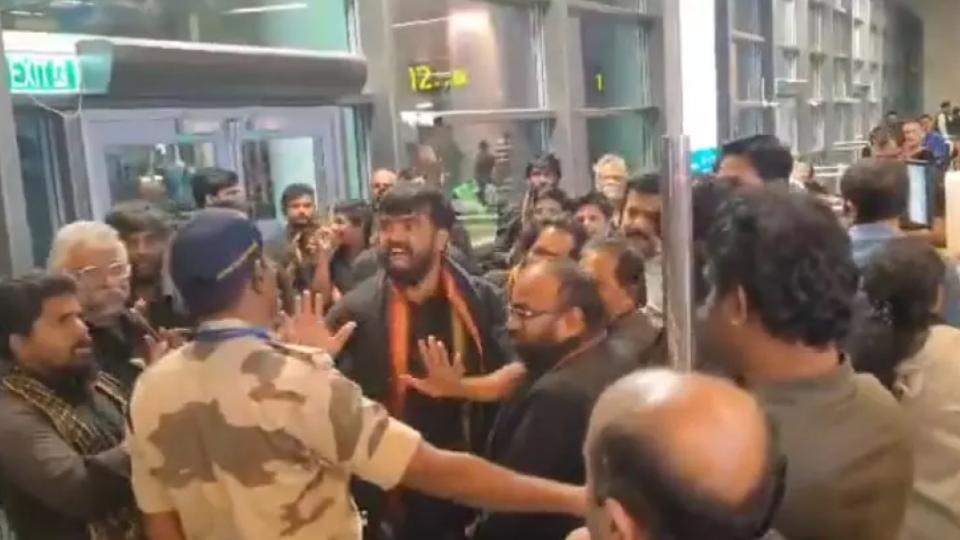

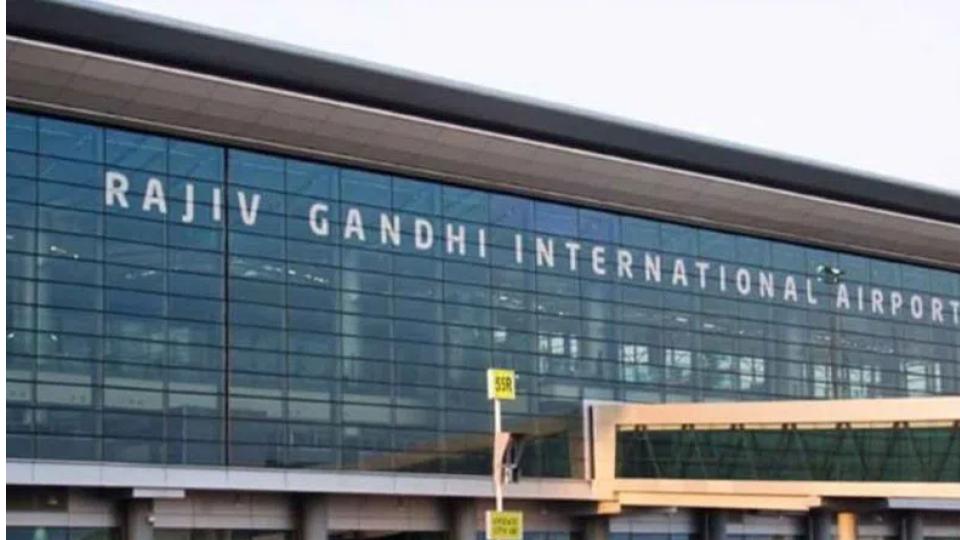



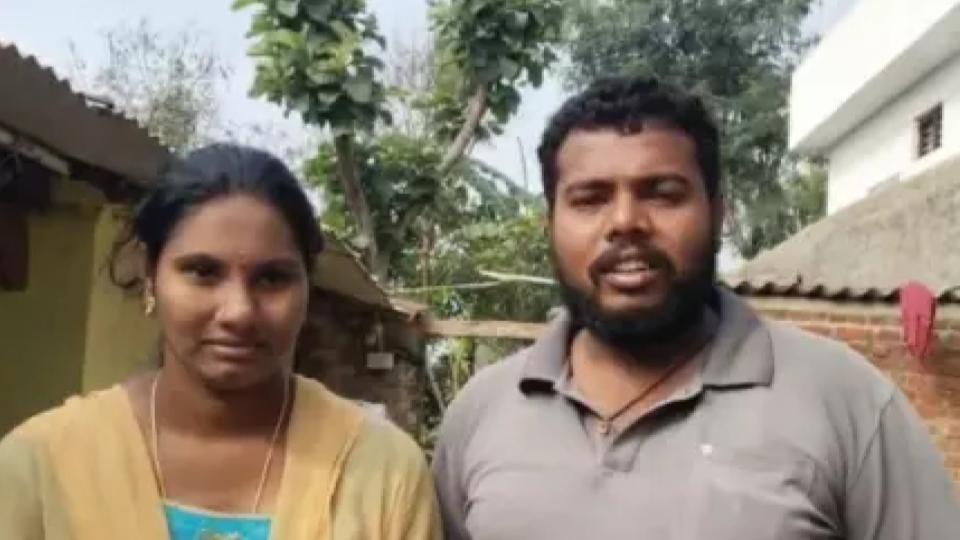




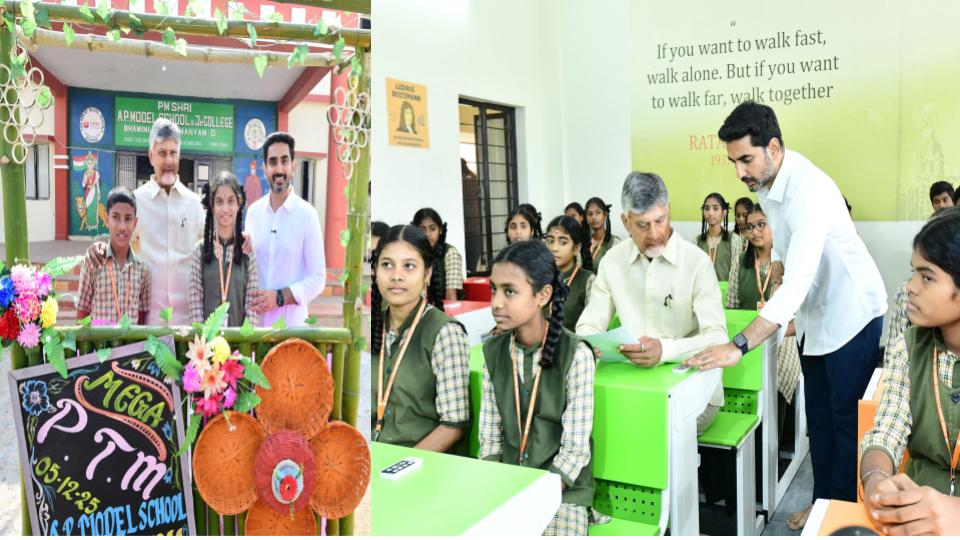


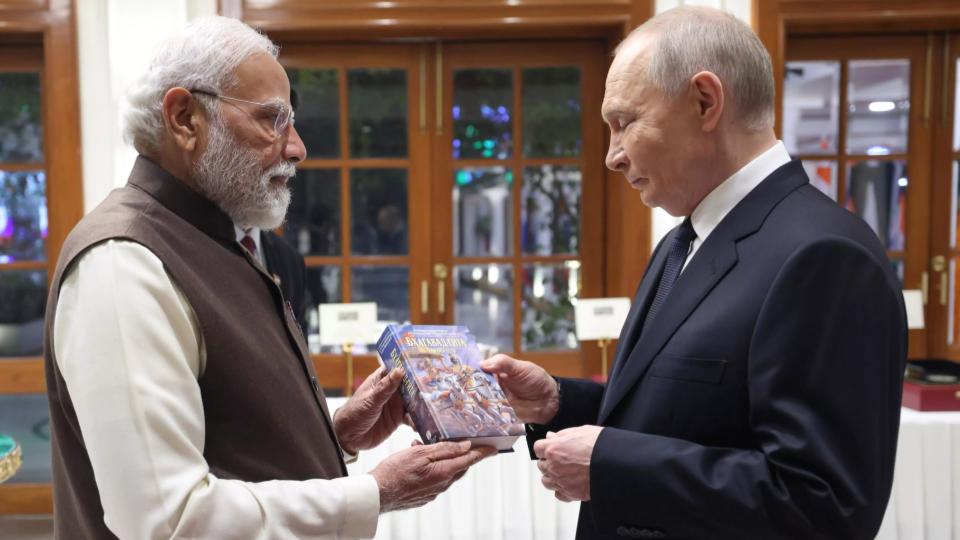


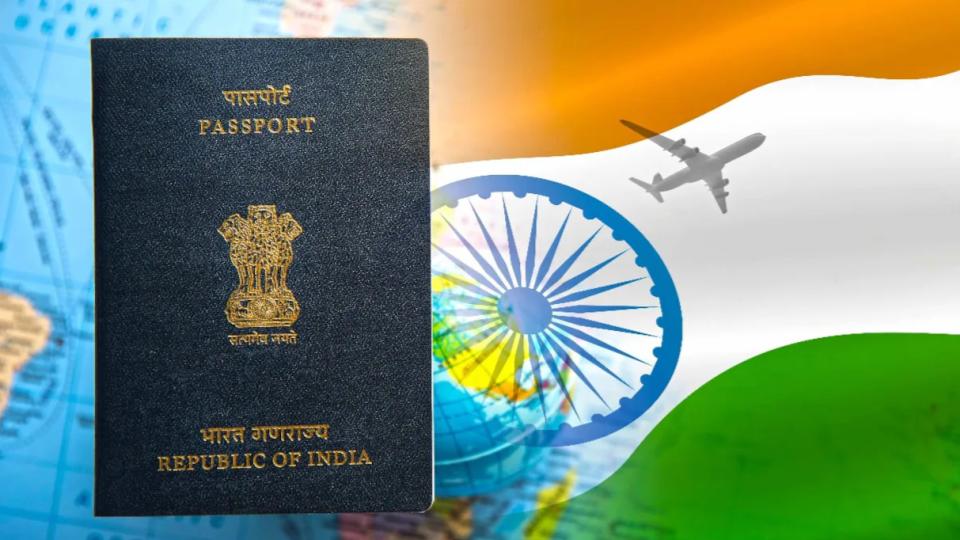
















.jpg)
.jpg)
.jpg)


